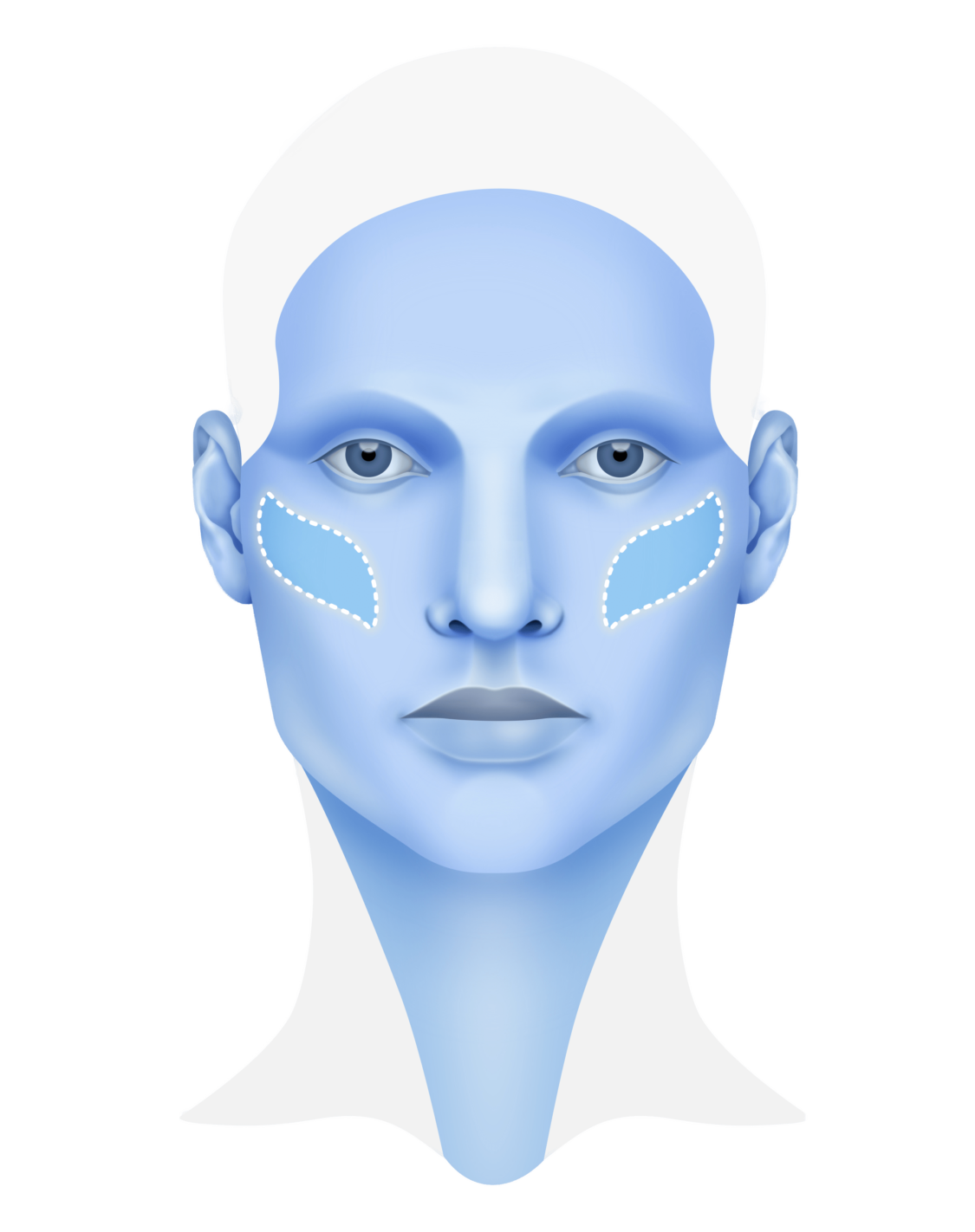Prominent cheeks are a symbol of youth and beauty. To date, many techniques have been described for achieving well defined, attractive cheekbones: cheek implants, injections of fillers or autologous fat. However, each of these techniques is accompanied by the following complications, respectively: the risk of rejection in the case of a prosthesis, the need for repeated injections of fillers and the unpredictability of the stability of the autologous fat.










